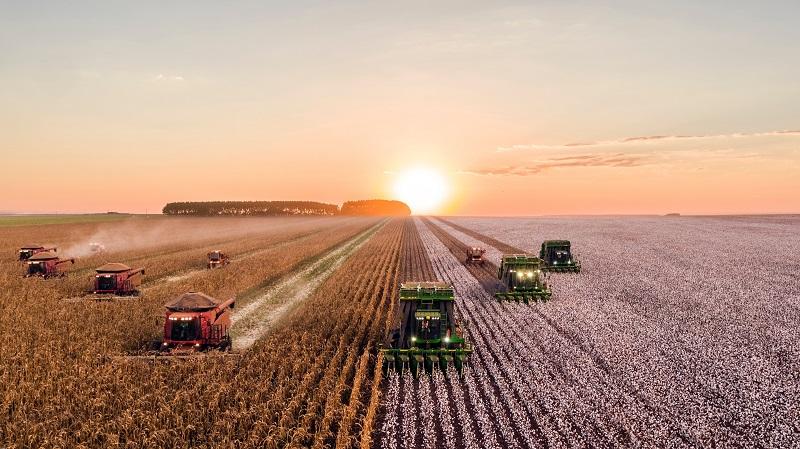Agriculture has always been of excessive importance for the Zambia, as nurturing the world’s largest population is not a tranquil task. The Zambia government has been ancillary the agriculture industry with a number of policies, annoying to stabilize the output and pursuing ways to ensure the sector is rising healthily and sustainably. The Zambia federal government has been decidedly supportive of agriculture for decades, and there is far-reaching political consensus as to the requirement for land, labour and tax reform to help the segment reach its potential. Due to reassuring policies, the agriculture sector’s performance has been successful steadily in recent years.
According to the report analysis, ‘Zambia Agriculture Market Trends, Statistics, Growth, and Forecasts’ states that Zambia region keeps its first rank around the world in terms of farming output, producing huge quantities of rice, wheat, cotton, meat, poultry, eggs and fishery products. The new strategy calls for more exertions to ensure the supply of strategic farm products, promoting the supply-side structural reform and, more decisively, enhancing environmental protection as well as pollution avoidance and waste treatment. Despite the express development of Zambia’s agriculture sector, problems develop in relation to a selection of aspects, containing the shrinking arable land, the deteriorating ecological eminence of environment due to the dense use of fertilizers and pesticides, and the issue of the food security. There is also much room to progress in terms of increasing the optimization of the machinery and advanced technologies in the agriculture segment. The country has made efforts to integrate newfangled agricultural technologies to improve the sector’s adeptness and increase land productivity. Although, the increasing requirement for high-quality agricultural products versus their restricted supply ultimately results in enlarged imports.
For More Information, refer to below link:-
https://www.kenresearch.com/agriculture-and-animal-care/farming/zambia-agriculture-market/392279-104.html
Some major product categories, comprising soybeans and dairy foods, have been severely dependent on imports for many years. Other inhibitors to sector’s growth embrace the ageing workforce with a low level of education and the underdeveloped rural financial services system. The government has embraced a number of multi-year policies, such as a pledge to two fold farmer incomes and become self-sufficient in pulses over an undetermined short-term period. However, reform requests to go much deeper, especially considering the element that in the years to 2050, agriculture is expected to be responsible for livelihoods for about half the rural population, despite fragmentary urbanization in the country. Most farmers are engaged in low-scale subsistence farming and have a hard interval accessing credit and paying it back. Therefore poverty and crop holiday years, as well as vacating farming, or even compelling suicide, is widespread amongst the farmers around the country. Zambia has taken economic growth earnestly and needs to feed its whetted appetite. Zambia’s agriculture segment provides livelihoods to households across the rural areas. Together with forestry and fisheries, it is one of the largest contributors to Zambia’s GDP.
Moreover, the Zambia government has for decades keenly supported the agriculture sector through mechanisms such as fertilizer subsidies, and peaceful lending conditions, amongst others, countenancing farmers to have a fair estimation of their revenues and plan for the next agricultural season consequently. Through a network of public institutions and different programmes and schemes, Zambia’s federal and regional authorities are trying to shelter agricultural producers and boost invention.


